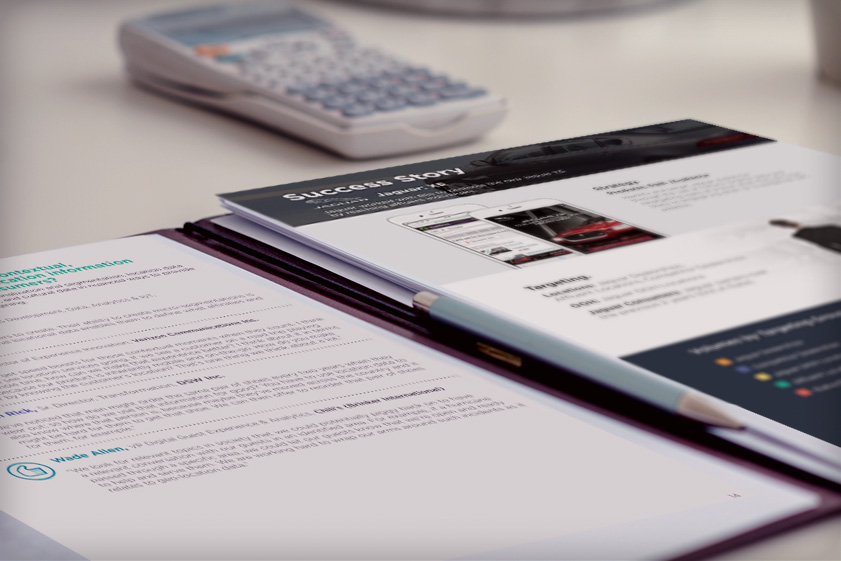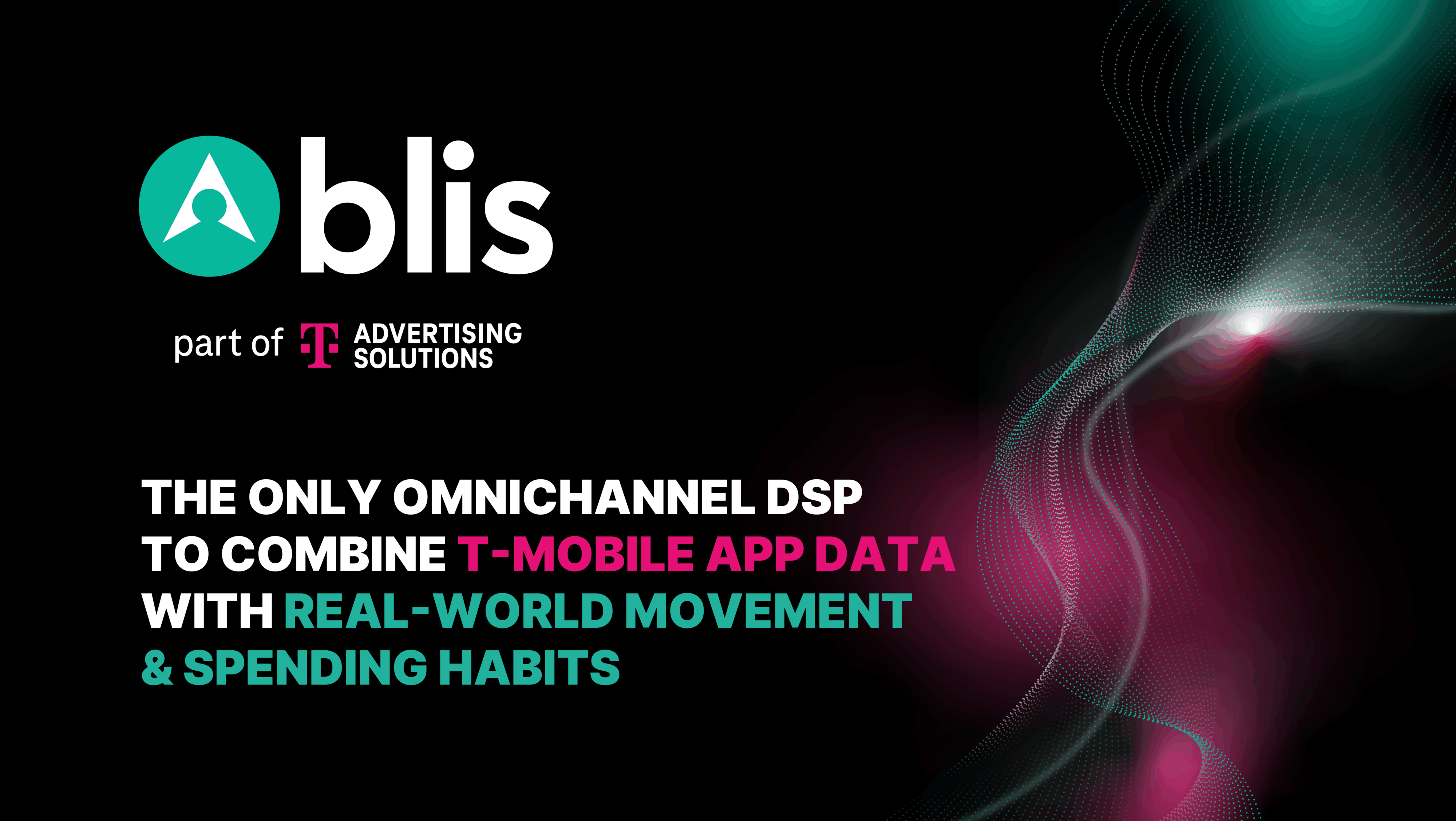It’s no secret that our physical and digital worlds have been converging for years now. The technologies we use each day are growing more sophisticated as we continue to move through physical locations like our homes and workplaces, stores, parking lots and gyms. Location data has further blurred the lines between the physical and digital, as our phones can now pinpoint our location down to a specific city, street, or corner of the room.
For advertisers, these new trends present remarkable opportunities for growing engagement and boosting sales. One key example is how location data is empowering brands to drive foot traffic. In fact, in our new white paper, Transforming Customer Engagement With Location-Based Technologies, major brands including Microsoft, DSW and Chili’s highlighted that location data’s most important strength is its ability to bring consumers into their stores. Sony, for instance, is using location data to identify and target audiences seen near phone stores that stock their devices. After retargeting these audiences later in the day, Sony saw a nearly tenfold increase in foot traffic.
But now, many brands are waking up to another game-changing benefit of location data: they are discovering that it can bring brick and mortar stores to life and enhance the in-store shopping experience.
As Wade Allen of Chili’s explains in the white paper, his restaurant brand recently introduced a new initiative called “digital curbside” to engage with patrons before they get to Chili’s and as soon as they reach the parking lot. Customers place their orders online, and thanks to geofencing, the store is notified when the car gets to the parking lot. This enables staff to be as attentive as possible to their guests and deliver meals directly to their cars.
Similarly, Nike’s five-floor store in New York’s SoHo neighborhood is a quintessential example of a physical store location with a digital heart. Inside, shoppers can give their basketball shoes a whirl in the “trial zone,” where they’ll find half a court equipped with hoops and video screens. Thanks to physical sensors, shoppers can also get instant information on the products they’re interested in through the interactive digital screens.
By integrating in-store shopping with high-quality digital experiences, brands are doing more than just wowing consumers; they are also gaining opportunities to cross- and up-sell their products. For instance, Macy’s is reaping the financial rewards of location data by enhancing in-store experiences across the country. When shoppers enter a Macy’s store equipped with beacon sensors, they receive a message on their phones inviting them to open their Shopkick app and opt-in for special deals. While browsing, they learn about in-store sales and receive reminders to check out other items they’ve liked in the past. These features lead to greater customer engagement and increased sales.
These days, getting “phy-gital” means more than just using data to drive consumers in store. It also means crafting incredible digital experiences that make the whole trip to the store worthwhile.
For more insights into how brands can reap the benefits of location data, check out Blis’ new white paper, “Transforming Customer Engagement with Location-Based Technologies.”



